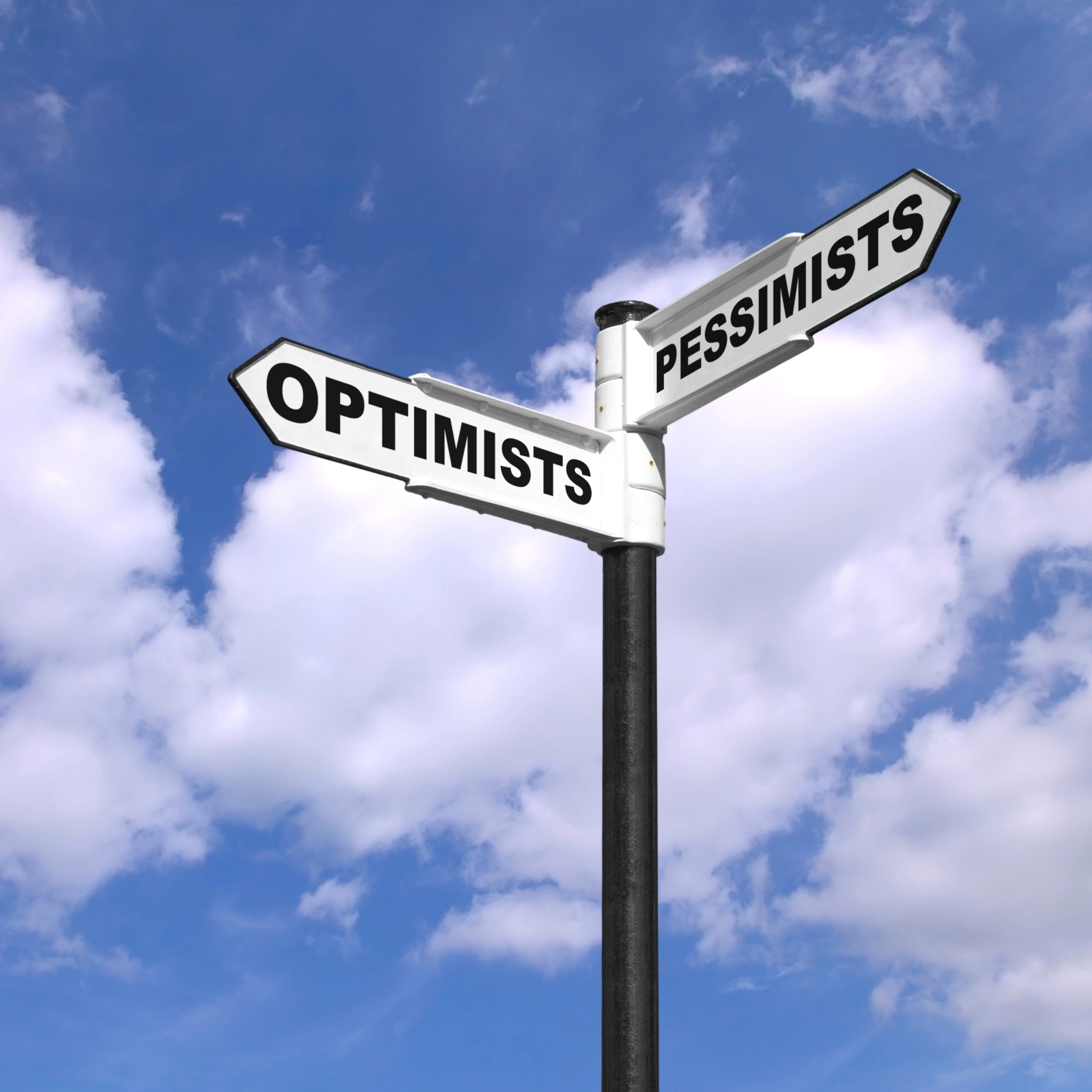Economy
How Politics Is Juicing Up Consumer Sentiment to Decade Highs

Published:
Last Updated:

Friday’s economic news may have been dominated by weak headline reports on gross domestic product and durable goods, but these numbers were for the end of 2016. The 2017 economic data are looking strong, and one such reading is the consumer sentiment number for the end of January.
The University of Michigan’s consumer sentiment reading came in at 98.5, higher than the 98.2 consensus reading from Bloomberg and higher than the prior, mid-month reading of 98.1. December’s sentiment reading was 98.2 and the January 2016 reading was all the way down at 92.0.
Strength was seen in current conditions and in expectations. The Current Economic Conditions was strong at 111.3, down only marginally from 111.9 in December but way up from the 106.4 reading a year ago. The report’s Index of Consumer Expectations was 90.3, up from 89.5 in December and way up from the 82.7 reading a year earlier.
If there is one bottom-line takeaway here, it should be that consumers are expressing a higher level of confidence in January than they have in any other time over the past dozen years. Still, there are some exceptions that need to be considered here, due to how there seems to be a political divide.
Comments not pertaining to politics said:
Consumers also reported much more positive assessments of their current financial situation due to gains in both incomes and household wealth, and anticipated the most positive outlook for their personal finances in more than a decade. Consumers have become more convinced that the stronger economy would finally prompt the Fed to increase interest rates at a quicker pace, which caused one-in-five consumers to favor borrowing-in-advance of anticipated increases in mortgage rates, the highest level in more than twenty years.
But politics is playing a role. When the November report was released, it cited the post-election and expected Trump policies as a major driver. The new sentiment report shows how there is a divide, where it is being implied that Republicans are feeling more confident than Democrats. The report’s areas around politics (with other areas put above) said:
The post-election surge in confidence was driven by a more optimistic outlook for the economy and job growth during the year ahead as well as more favorable economic prospects over the next five years… Overall, the post-election surge in consumer confidence was based on political promises, and not, as yet, on economic outcomes. Moreover, over the past half century the surveys have never recorded as dominant an impact of partisanship on economic expectations. When the same consumers were re-interviewed from six months ago, the survey recorded extreme swings based on political party affiliation, with Democrats becoming much more pessimistic and Republicans much more optimistic. Such divergences will ultimately converge since consumers hold economic expectations to be useful decision guides, which will require both sides to temper their extreme views.
Retirement can be daunting, but it doesn’t need to be.
Imagine having an expert in your corner to help you with your financial goals. Someone to help you determine if you’re ahead, behind, or right on track. With SmartAsset, that’s not just a dream—it’s reality. This free tool connects you with pre-screened financial advisors who work in your best interests. It’s quick, it’s easy, so take the leap today and start planning smarter!
Don’t waste another minute; get started right here and help your retirement dreams become a retirement reality.
Thank you for reading! Have some feedback for us?
Contact the 24/7 Wall St. editorial team.